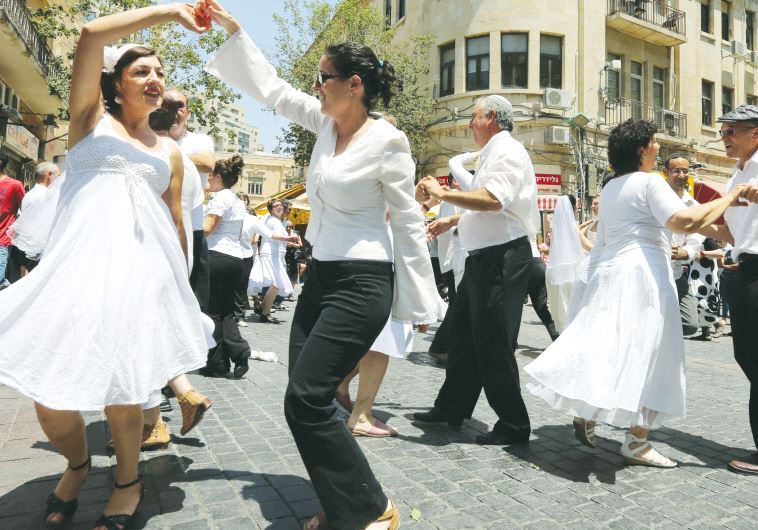Feeling down or stressed? Try a ‘simha’!
When people are dancing together, the simha is a powerful distraction and remedy for the worries that participants may feel.
 Whenever you go to a simha, join in the party!(photo credit: MARC ISRAEL SELLEM)Updated: Read More
Whenever you go to a simha, join in the party!(photo credit: MARC ISRAEL SELLEM)Updated: Read More